Anti counterfeit packaging market Summary
As per MRFR analysis, the Anti Counterfeit Electronic And Automobiles Packaging Market was estimated at 37.84 USD Billion in 2024. The market is projected to grow from 42.45 USD Billion in 2025 to 133.97 USD Billion by 2035, exhibiting a compound annual growth rate (CAGR) of 12.18 during the forecast period 2025 - 2035.
Key Market Trends & Highlights
The Anti Counterfeit Electronic and Automobiles Packaging Market is poised for substantial growth driven by technological advancements and increasing consumer demand for authenticity.
- The integration of smart technologies is transforming packaging solutions, enhancing security and traceability.
- North America remains the largest market, while Asia-Pacific is emerging as the fastest-growing region in anti-counterfeit packaging.
- Tamper-evident packaging continues to dominate the market, whereas covert packaging is witnessing rapid growth due to evolving consumer preferences.
- Key market drivers include rising incidences of counterfeiting and stringent regulatory compliance, which are propelling demand for advanced packaging solutions.
Market Size & Forecast
| 2024 Market Size | 37.84 (USD Billion) |
| 2035 Market Size | 133.97 (USD Billion) |
| CAGR (2025 - 2035) | 12.18% |
Major Players
SICPA (CH), Zebra Technologies (US), Authentix (US), Avery Dennison (US), Holostik (IN), Tesa SE (DE), De La Rue (GB), 3M (US), Krones AG (DE)


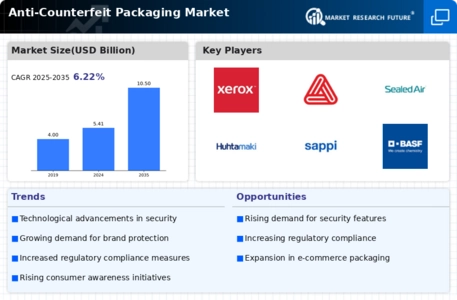

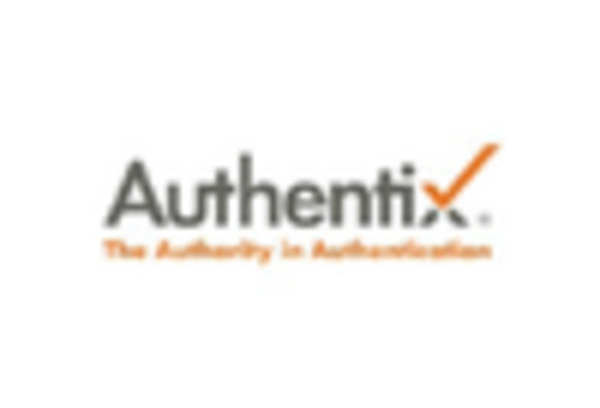
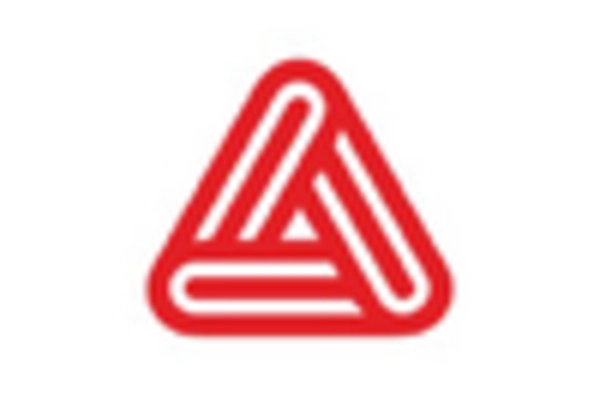
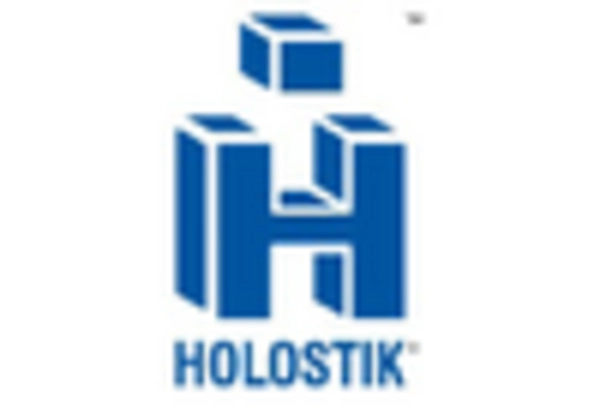
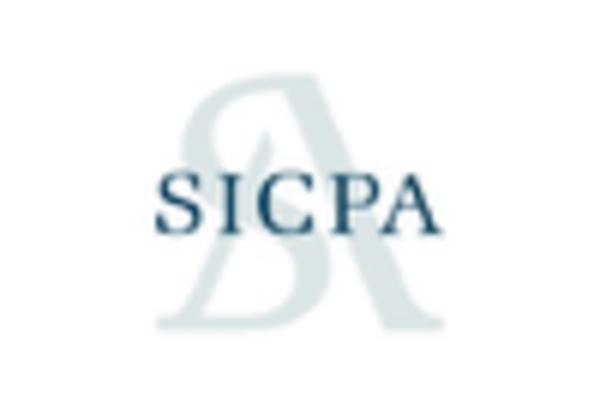
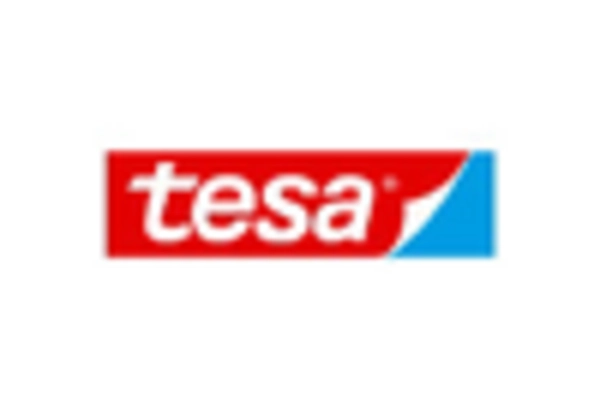
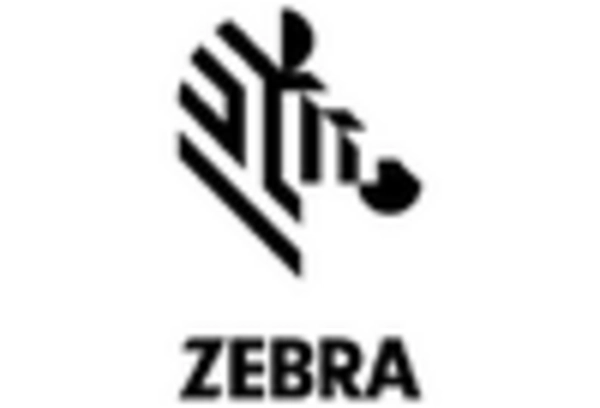








Leave a Comment